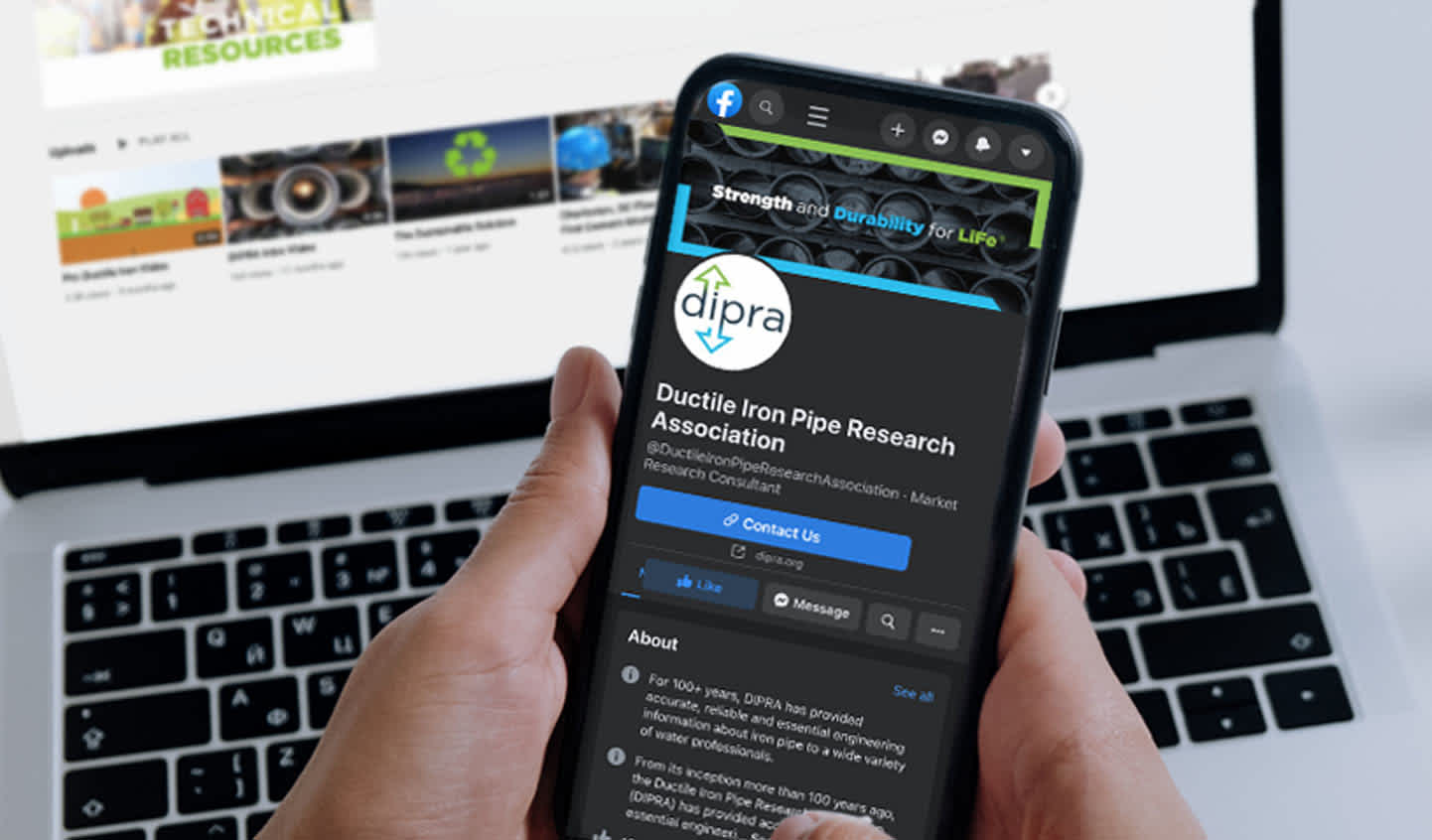//
Sep 6, 2022
How to Measure Inbound Marketing Success for Your Business
Inbound marketing. As a business owner in the digital era, it’s vital that you include this term as an extensive part of your marketing vocabulary.
However, there’s much more to your marketing strategy than simply incorporating inbound elements. It’s also important to understand how to measure inbound marketing success to ensure you achieve your business goals.
So what is inbound marketing?
On the most basic level, inbound strategies draw consumers to your business. Unlike traditional advertising, inbound efforts engage consumers through offers on social media or other online content, lead them to your website and encourage them to initiate contact with your business.
Once your inbound plan is implemented, the real work begins. You must begin to analyze how your marketing efforts are performing and if consumers are responding to your message. This will help you determine your ROI.
START WITH YOUR BUSINESS GOALS

Your inbound marketing plan should work alongside your business ideals toward your goals. This means that you must create . For a goal to be SMART, it must be Specific, Measurable, Attainable, Realistic and Time-bound.
Setting SMART goals ensures that your business has the capability to achieve its goals. It also helps you to create a baseline to compare your progress to and track your growth along the way.
MEASURE VISITS TO YOUR WEBSITE
On the Internet, your website is one of your most valuable tools. When a visitor navigates to your website, it is their first stop on their journey to creating a relationship with your business. This is where web visitors become leads and leads become customers who buy your products and services.
This is where understanding how to measure inbound marketing techniques is key. It all starts with your web analytics, more specifically web traffic.
tells you how many visitors are navigating to your website. Organic web traffic visitors are those who reach your website through channels other than paid promotion, including social referral, where consumers reach your website from a link on a social media platform. It also includes organic search, where consumers find your website after searching for a keyword or term on a search engine, such as Google, Bing, or Yahoo!
RELATED:
Inorganic web traffic are visitors who reach your website through a channel you paid to promote on. This can include anything from pay-per-click ads on search engines, paid ads on social platforms or traditional media. In other words, consumers ended up on your website because you paid to place an advertisement on a medium that would reach them.
Looking at your web traffic statistics, you can begin to understand where your web visitors are coming from. If the majority of your traffic is inorganic, it means that your consumers are finding you because you are paying for them to see you. To counter this, you may need to reevaluate your search engine optimization (SEO) strategy to improve your website’s ranking on search engines.
RELATED:
LEARN ABOUT YOUR LEADS
Once consumers reach your website, the next goal is to convert them from web visitor to lead by collecting their contact information in exchange for some type of content. Like your web traffic, it’s important to understand where your leads are coming from in order to determine which marketing channels are most effective.
Build off of your web traffic statistics to understand more about your leads. Your leads can also be classified as organic or inorganic based on their journey to your website. From here you can compare .
Conversion rates tell you how many of your total web visitors were converted into leads. Once you know how many of your web visitors took the next step in the sales process, you can ask yourself the following questions:
- How many of the leads came from organic web traffic? Inorganic web traffic?
- How many of the total leads were converted into sales?
- Were there more organic or inorganic leads converted into sales?
Once you understand where your leads are coming from, you can further investigate how your inbound marketing content is performing by asking yourself:
- At what point did most non-converted leads drop out of the sales process?
- What content drew in the most web traffic and leads?
Asking yourself these questions will allow you to get an idea of what areas of your sales process need improvement. Take time to connect both your sales and marketing teams to collaborate on goals, tactics and the overall sales process. By having both teams cooperate, you can tweak your processes to create a smooth transition from lead to a sale.
It’s also important that you evaluate the content on your website, including landing pages and blogs. Compare and contrast your best performing content and your worst and find ways to tweak poorly performing content. Look at keywords, writing styles and links within your content so that it appeals more to consumers.
RELATED:
BUILD ENGAGEMENT ON SOCIAL MEDIA

From the moment you open your business, you hear more and more about how you need to create a marketing strategy that will reach consumers. While reach is a useful tool to understand how many online users see your message, it does not tell you how many react to your message.
This is where social media engagement comes into play. Engagement, unlike reach, tells you how many people are directly interacting with your brand. Engagement is a more useful metric than reach because you can pinpoint which of your marketing messages are engaging consumers best.
Luckily, several social media platforms have built-in metrics to help measure engagement on your profiles. For example, Facebook Insights contains several tools that show your most popular posts as well as the interaction on your page. On your business’s page, there is also a numerical metric displayed as “People talking about this,” which shows the total mentions of your business and interaction on your profile page.
RELATED:
DON’T IGNORE NEGATIVE ANALYTICS

Not all analytics are positive. In fact, when you first start measuring your inbound marketing strategy, you may see more negatives than positives. However, you have to bite the bullet and address the analytics, positive or negative.
One of the most dreaded analytics is bounce rate. A high bounce rate indicates that visitors reach your website and then immediately leave without clicking any links or interacting in any way on your website.
Ultimately, the lower your bounce rate, the better. However, a high bounce rate, while not a good measure, allows you to pinpoint which pages on your website are failing to engage consumers. From there you can work to improve your website content and keep consumers actively interacting with your website.
It’s important to create a balance of inbound tactics that work for your business. When you learn how to measure inbound marketing successfully, you can truly start to analyze your marketing strategy.
After you’ve collected your analytics, you need to evaluate what elements of your current strategy work and those that need to be improved. You must learn what your consumers want, like, and need from you. Ultimately, like any marketing tactic, inbound marketing success takes time to become a successful strategy. You’ll have to wait to see results, so remember that patience is key, and persistence pays off!
GET MARKETING HELP!
Running a business and its marketing strategy can be a major undertaking to manage yourself or with your internal team. Consider hiring an agency specialized in inbound marketing to successfully guide and implement a strategy that works for you!
Watermark offers free consultations to evaluate your current marketing strategy and provide insights on where you can improve to reach your goals. Schedule yours today at the link below.







